iPhone XR Review: Compelling Compromise
- 2018's most affordable new iPhone
- New design and Face ID
- Battery life more impressive than iPhone XS or XS Max
- Solid camera performance
- Native Portrait mode only supports people
- No headphone jack or in-box 3.5mm adapter
The most interesting iPhone of 2018 isn't Apple's most expensive, or its largest: it's the iPhone XR, cheapest of the trio of new smartphones. The new entry-level iPhone may look like the iPhone XS and iPhone XS Max at first glance, but that familiar style masks a handset that is, at $749, at least $250 cheaper, inherently compromised, but in the end arguably more compelling.
The iPhone XR has a tough challenge, arguably far tougher than the iPhone XS or iPhone XS Max face. It must replace not only the iPhone 8 but the iPhone 8 Plus, too; attempt to placate two camps of physical phone size and display; and do so while continuing to hit a more affordable price tag. Sacrifice along the way was inevitable: what's fascinating is where Apple chose to make it – and where it did not.
iPhone XR Design
Last year, the iPhone X stood out like a sore thumb in Apple's range. For 2018, and with new, home-button-free iPad Pro tablets just announced, the company's new aesthetic is firmly entrenched. Minimal bezels, notches for the smartphones, and crisp combinations of metal and glass, it's both a nod back to classic iPhone designs and a fresh twist on them.
For the iPhone XR, there's another return: color. The iPhone XS is terribly grown-up, with its Silver, Space Gray, and Gold finishes. In contrast, while you can get a black or silver iPhone XR, you can also get a vibrant PRODUCT(RED) version, a comely blue, a custardy yellow, or an unusual coral.
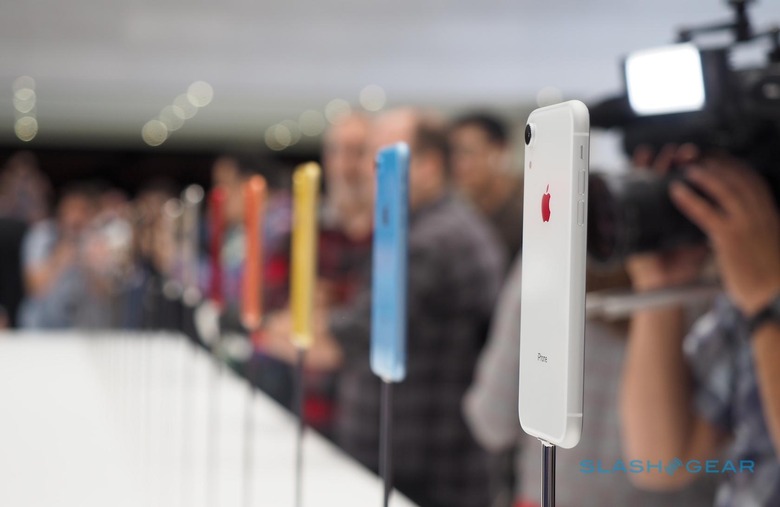
It's a welcome change, even if I suspect most will stick to the safer colors. Apple's expertise at working metal and glass are in full effect, too: the tinted glass rear is a slightly different shade to the aluminum band that runs the iPhone XR's periphery, lending extra depth and visual interest, while the detailing – including the metal ring around the rear camera – is color-matched too. It's water resistant, too, though at IP67 versus the iPhone XS' IP68, not quite as resilient as the more expensive phone.
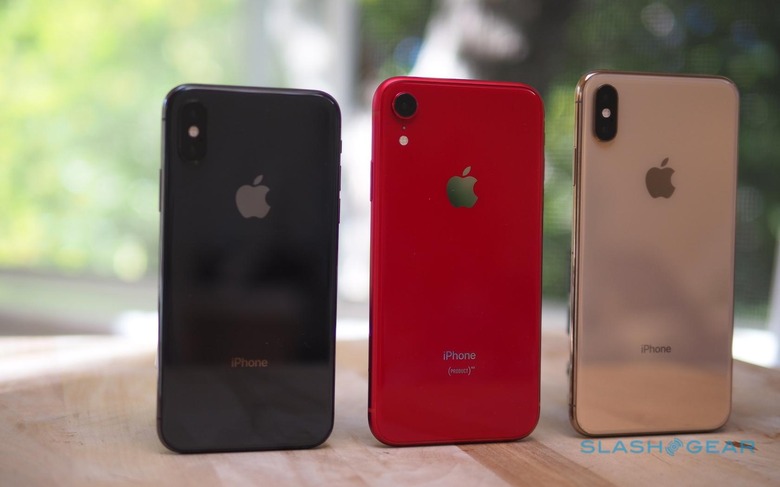
Size-wise, things get a little confusing. The iPhone XS, which is more expensive, is also slightly smaller. The iPhone XR slots in-between the XS and the XS Plus, but more importantly perhaps it falls in-between the iPhone 8 and iPhone 8 Plus sizes (and, indeed, the iPhone 7 and iPhone 7 Plus likely to be top candidates for iPhone XR upgrades). That's despite having a significantly larger screen – at 6.1-inches – than either of the old-design handsets.
iPhone XR Display
That increase in screen size is down to the new, notched display. Unlike the iPhone XS, Apple has used an LCD panel rather than OLED: it's cheaper, after all. However that also set the company some not-insignificant challenges in order to slim the bezels down.
OLED is a lot more forgiving to non-traditional shapes than LCD is. For a start, you can cut it and give it rounded corners. In an OLED panel, each pixel is responsible for its own illumination, whereas LCD requires a backlight that typically adds bulk. Getting LCD to look like OLED was undoubtedly a key challenge for the iPhone XR.
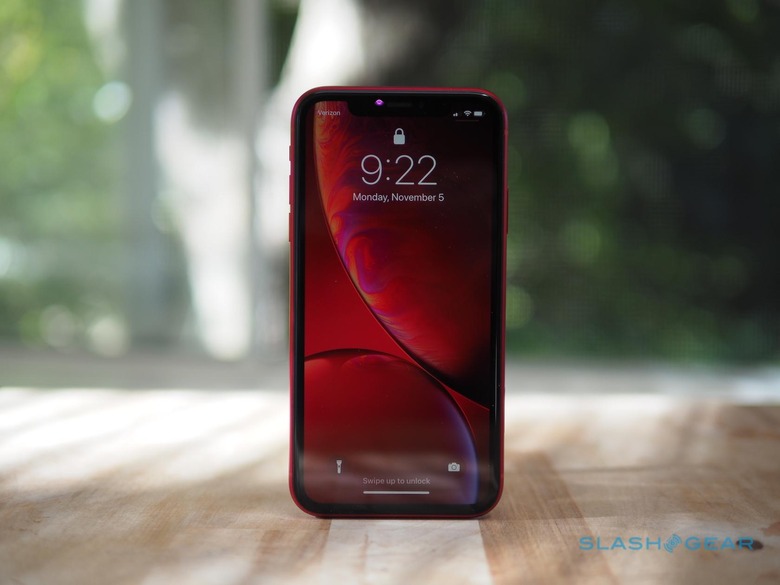
Again, a combination of exacting tolerances and precise engineering came to the rescue. The curved corners, for example, saw Apple selectively mask pixels to give the same, smooth gradient as its OLED iPhones possess. A homegrown backlighting component – smaller yet brighter than the norm – was designed to fit into the lower bezel, while still allowing it to be far narrower than you'd expect from an LCD screen.
That lower bezel effectively defined the width around the entire display. It's not quite as slim as that of the iPhone XS, and as a result the iPhone XR doesn't have entirely as much wow-factor: it falls a little short of that "the whole front is display" feeling that the iPhone XS in particular gives you. All the same, it's light years ahead of the iPhone 8.
Apple, with its love of branding, calls the screen "Liquid Retina" and promises it has the best color-accuracy in the industry. You also get recent niceties like True Tone, which adjusts the color temperature according to ambient lighting. It's one of those features you don't really notice, until you have to live without it.
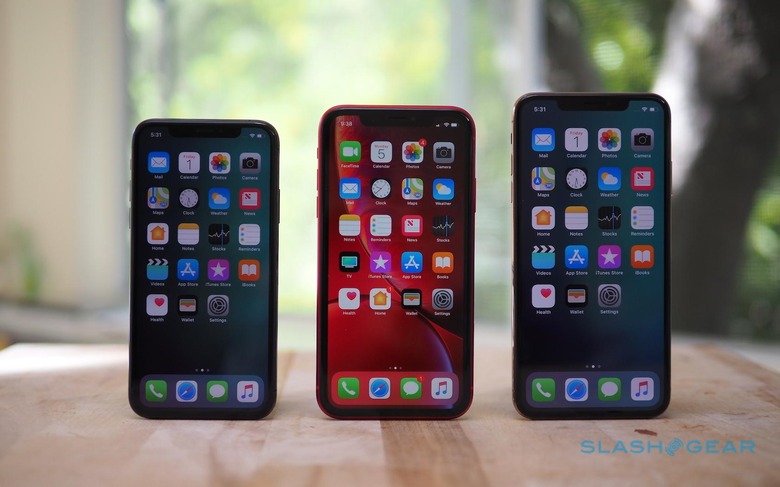
Most controversial, though, is going to be the resolution. At 1,792 x 828, the iPhone XR is effectively 720p: in contrast, the 5.8-inch iPhone XS is 2436 x 1125, and the 6.5-inch iPhone XS Max is 2688 x 1242. You only really clock it if you hold the iPhone XR up next to a more pixel dense panel, mind.
While you're doing that, try not to tilt the iPhone XR side to side. Off-angle brightness is noticeably dimmer than with an iPhone XS, which is to be expected. Potentially more annoying is that it's also noticeably dimmer off-angle than one of Apple's older LCD devices, like the iPhone 8. I suspect that's a side-effect of having to shrink down the backlighting system.
The last compromise is one which will either have you shaking your fist at the sky or shrugging, nonplussed. The iPhone XR lacks 3D Touch, Apple's system for recognizing pressure on the touchscreen. Instead, you get Haptic Touch, which is more fancy branding for a long-press and a buzz from Apple's Taptic Engine.
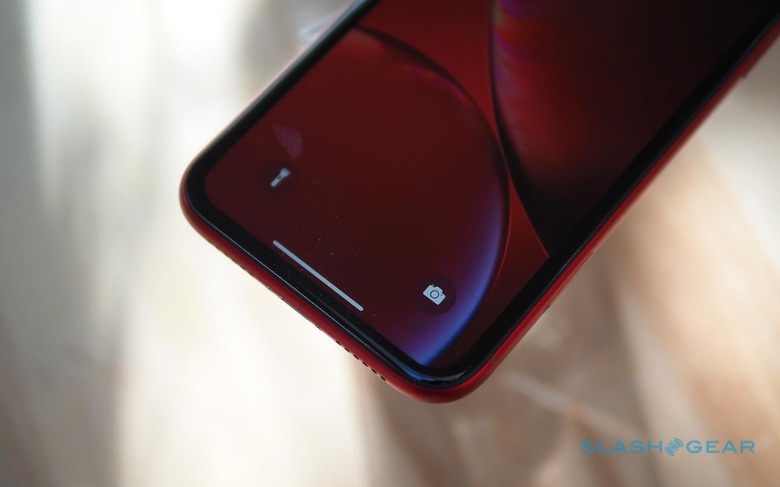
I suspect there are plenty of people who don't really know what 3D Touch can do: iOS has never done an especially good job of signposting it. Whether you'll miss it, then, depends on if you ever discovered its features and how ingrained into your muscle-memory they are. Personally, I primarily used it for previewing notifications from the lock screen – which has since changed in iOS 12 – and to move the cursor by hard-pressing the keyboard. The latter you can now replicate by long-pressing the spacebar.
If you used 3D Touch to preview links in webpages and emails, though, Haptic Touch will leave you disappointed. Apple promises me that more implementations are coming in due course, but as ever there's no public timescale for when that might actually roll-out.
iPhone XR Performance
Cheaper phones are typically slower phones, but the iPhone XR bucks that trend. Just like its more expensive siblings, it packs Apple's A12 Bionic, the company's latest chipset. You do only get 3GB of RAM, versus the 4GB in the iPhone XS, but in my experience that hasn't been a significant hurdle so far.
Part of that is likely to be the display. With only 720p resolution to drive, the Liquid Retina screen is inevitably going to be less system-intensive than a more pixel-packed panel. Day to day, the iPhone XR just whips along nicely. Webpages are fast to load and scroll smoothly; apps and games just get on with making the most of the 6.1-inches they have to play with.
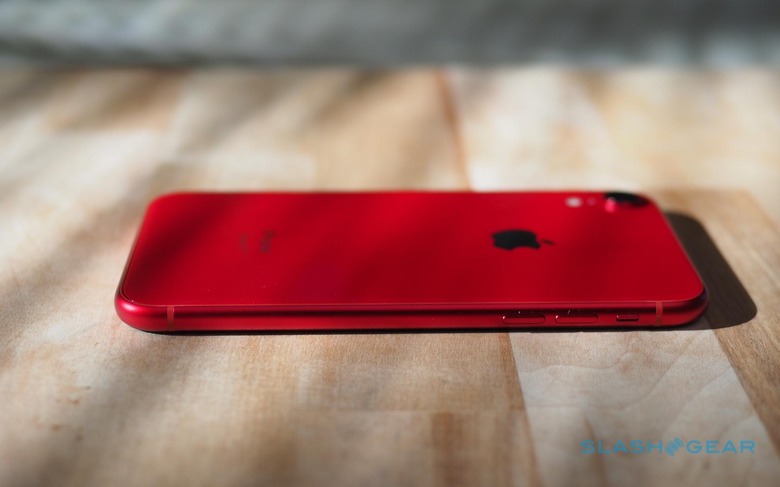
Apple is pushing augmented reality (AR) heavily right now, particularly with ARKit 2 in iOS 12 supporting things like shared AR experiences. If you've ever wanted to place a virtual Instant Pot pressure cooker on your countertop, just to see if it'll fit – and yes, I have – then being able to do so from an iOS app is unexpectedly fun. I still don't know whether AR will reach any sort of tipping point before true augmented reality smart glasses hit the market, but the fact that Apple is making it a consistent experience regardless of the iPhone you use is a good step in that direction.
Where you do encounter a compromise is in wireless performance. You get the usual WiFi 802.11ac and Bluetooth 5.0, but you don't get the Gigabit LTE that the iPhone XS enjoys. WIth the right carrier and in the areas with Gigabit LTE coverage, download and upload speeds can be considerably faster. Just as important, it can mean more usable connections in edge situations, where other phones might struggle to get online.
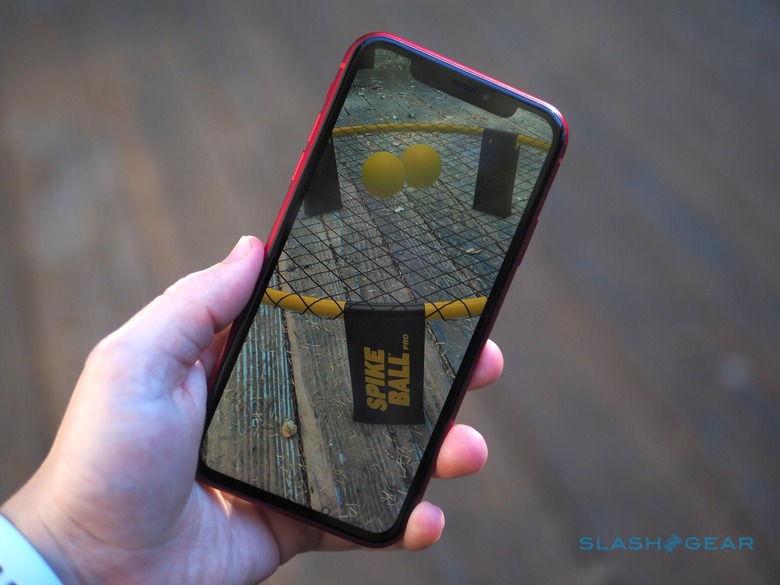
Its absence on the iPhone XR, then, is disappointing though understandable. I don't know how many people will miss the extra turn of speed Gigabit LTE can deliver, though if you're standing next to a friend who can get online on the same network that you're trying in vain to connect to, that might be frustrating.
iPhone XR Camera
The biggest sacrifice the iPhone XR makes to hit its price is on the rear. While the front gets the same TrueDepth camera array as the iPhone XS and iPhone XS Max – including Face ID security, which is so much more convenient than Touch ID after you use it for a few days, and Portrait mode photos – the rear has a single camera, unlike the twin array on the more expensive handsets.
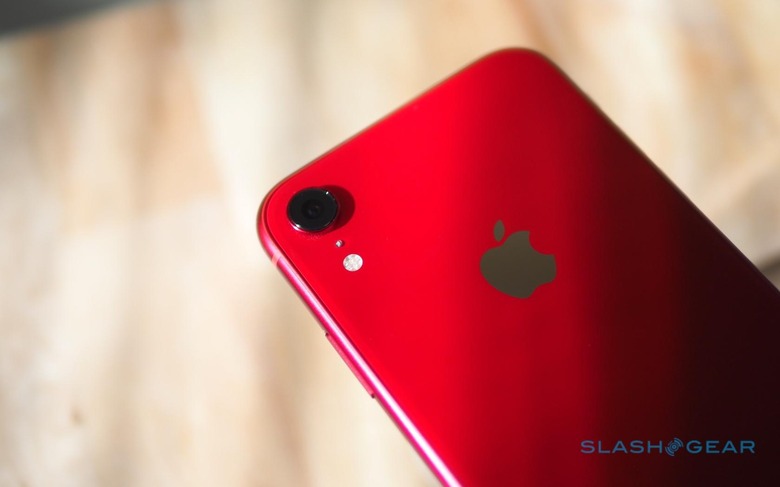
It's the same 12-megapixel sensor with f/1.8 aperture and optical image stabilization as the primary camera on the iPhone XS. However, rather than the 2x telephoto camera you get on the more expensive phone, the iPhone XR makes do with a 5x digital zoom. I use the iPhone XS' zoom a lot, so its absence was frustrating at times, and Apple's upscaling algorithms don't seem quite as polished as, say, Google's on the Pixel 3.
As you'd expect, the photos the iPhone XR takes are effectively the same as those the iPhone XS captures. Whether you'll like them depends on how happy you are with Apple's Smart HDR.
Enabled by default, Smart HDR takes multiple frames at different exposures and settings and then builds a single image from them all. The promise is more highlight and shadow detail, for a more balanced frame, without blur from moving subjects. We've seen variations on the technique from Google, Huawei, LG, and others and, because the eventual picture each creates is dependent on how the software is tuned, the reality is that there's no "right answer" for what the "best" photo is. In the photo below, for instance, I was standing in the shadow of the trees, looking through the dark overhang in the foreground through to the brightly-lit pond. Smart HDR has brought the periphery of the scene up to the same brightness as the distance, which is certainly clever, though it does flatten the image somewhat in the process: there's less of a sense of looking through the foliage through to the vista beyond.

Generally, the iPhone XR takes a fairly heavy-handed approach to contrast. iOS 12.1 reduced some of the excessive smoothing that iPhone XS early-adopters complained about, which could leave faces looking as though they'd been run through a beauty filter, but shots still err on the side of an artificially even balance of light and dark areas. Whether you like that depends on whether you personally prefer Apple's vision of consistency, or its rivals' tendency toward greater extremes of contrast.
Without a second rear camera, the iPhone XR can't use the same Portrait mode as the iPhone XS does. Instead, Apple turns to computational photography, much in the same way Google's Pixel 3 does, figuring out the edges of your subject and then calculating the artificial background defocus from there. For the most part it works well: errant hair and other fine details can still confuse things, but generally the effect is solid, especially now you can adjust the degree of blurring used.
Notably, because the iPhone XR is using a sensor with more light sensitivity than Portrait mode on the iPhone XS (which uses the telephoto sensor) does, in some conditions the cheaper handset's images can actually look a little better. The main camera only offers the Natural, Studio, and Contour effects – not Stage or Stage Mono – but since they're the three that typically work best, that's no great loss.
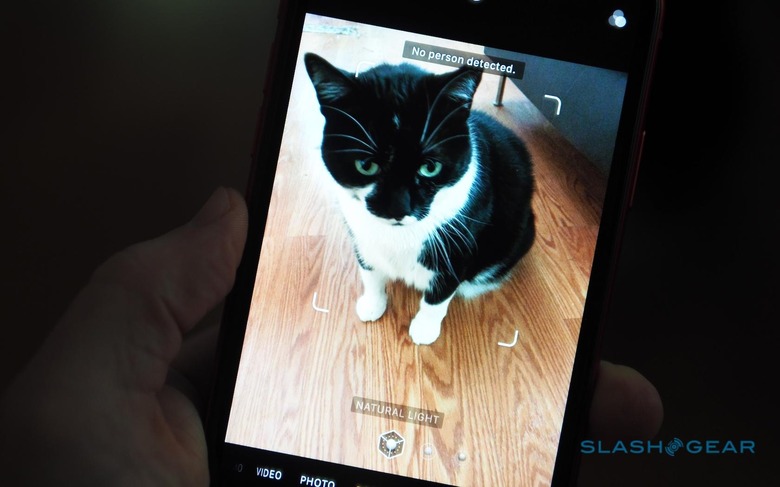
Unfortunately it only works on people, and depending on how you personally use Portrait mode that could be a big shortcoming. Point the iPhone XR at something other than a face – your cat, for example, or your dinner – and you'll get a warning that it can't see a person in the frame. In contrast, Google's Pixel 3 doesn't care what it's faced with: it'll do background deblur regardless.
It's all the more frustrating because the limitation is all in software. Third-party camera apps like Focos and Halide have already released updates with more flexible Portrait mode options than Apple's own camera app, using the depth map that the iPhone XR is creating to blur the background even if it's a ham sandwich not your husband that you're capturing. Sometimes they don't look as good as what an iPhone XS will capture, a side-effect of the fact that the dual-camera phone is building a better depth map from which to work with, but I'm still happy to have the option, at least.
iPhone XR dual-SIM
With the arrival of iOS 12.1, Apple lit up dual-SIM support on the iPhone XR, iPhone XS, and iPhone XS Max. Each handset can handle both a physical nano-SIM and a virtual eSIM: the latter can be programmed with a different carrier's credentials, allowing you to have two lines on a single device.
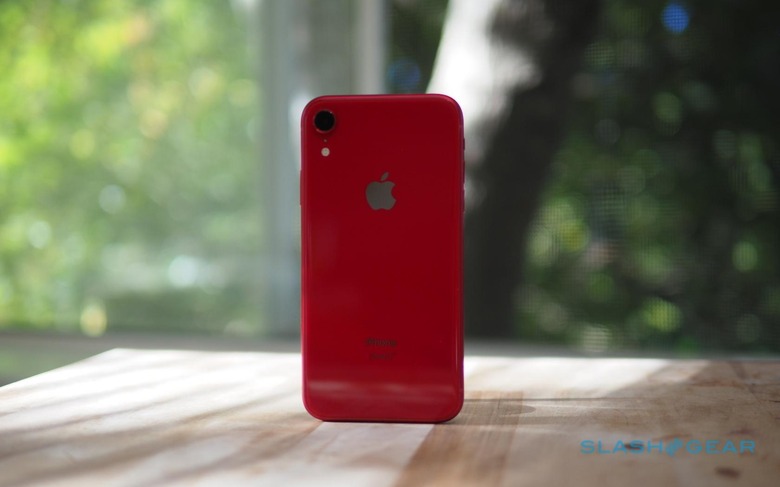
Of course, Apple supporting it is only half of the equation. Carriers themselves need to enable eSIM support before you can activate it, and so far that's in short supply among the big names in the US. In theory, you'll be able to have, say, your work AT&T line and your personal Verizon line linked to the same phone, or alternatively your normal US number on the eSIM leaving the physical slot empty for a prepaid SIM you pick up while traveling internationally.
iOS will allow you to choose defaults – which line to call out or message with first, for instance, along with individual settings for specific contacts – and you get two network strength meters in the status bar. How useful it'll all actually be, though, will depend on your carrier(s) of choice. It'll be up to each company to decide whether to support having eSIM-only, for example, or insist on you having your primary line occupy the physical SIM slot.
iPhone XR Battery
There's another upshot to the iPhone XR having a 720p display: battery life. Apple bills the smartphone as delivering up to 1.5 hours longer than the iPhone 8 Plus, but it's burying the lede. In fact, this new, cheaper iPhone lasted longer than the iPhone XS and iPhone XS Max in my testing.
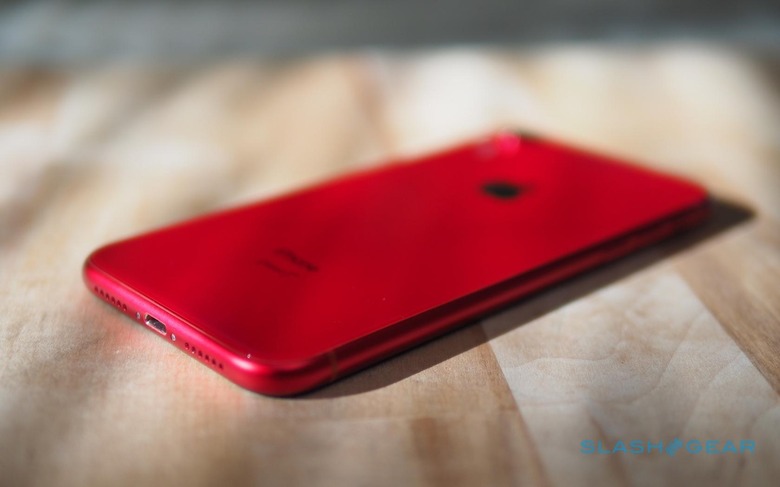
As before, there's fast wired charging promising up to 50-percent charge in 30 minutes, and as before Apple doesn't actually include the AC adapter to do that in the box. There's wireless charging, too, using the Qi standard. With Apple's own AirPower still nowhere to be found, you'll be looking to third-party charging pads for that.
iPhone XR Verdict
In a sense, building a flagship smartphone is straightforward: combine the best of what's cutting-edge into a single device, and price it accordingly. Making a handset like the iPhone XR, though, is altogether more complex. Try to please everybody and you end up with a phone that's simply too expensive to compete. Target a low cost above all else, and your new smartphone will look hamstrung compared to the competition.
It's a balance that Apple strikes with aplomb with the iPhone XR. It looks good, has a solid camera, fantastic battery life, and doesn't sacrifice where it counts: a processor that will keep future iterations of iOS running slickly. True, you wouldn't buy it based on display alone, but even then Apple has put its best foot forward.
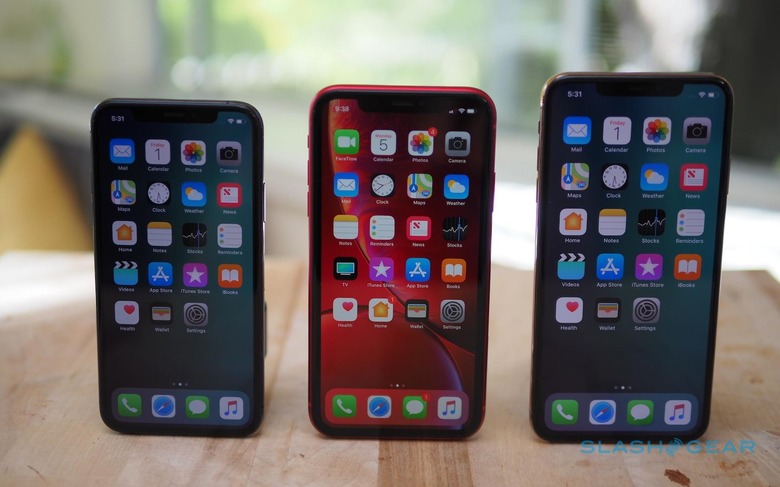
Indeed, the most annoying compromises are often shared by the iPhone XS and iPhone XS Max, too. Apple's decision to remove the 3.5mm headphone jack still rankles with many; the fact that the company now no longer bundles a Lightning to 3.5mm adapter in the box with any of its new phones seems like a cost-cutting step too far. The absence of any official cases for the iPhone XR is another oddity.
I'm reminded, of course, that the fact we're considering this $749 smartphone as the "affordable" option is all Apple's handiwork, too. It paved the way for $1,000 phones with the iPhone X, after all; this "entry-level" device is still $50 more than an iPhone 8 would have cost you at launch. You can also, for $50 more again, find yourself with a Pixel 3 in your pocket. Google's astonishingly good camera and refinements in Android 9 Pie are well worth considering, even if its phone's design is underwhelming in comparison to Apple's.
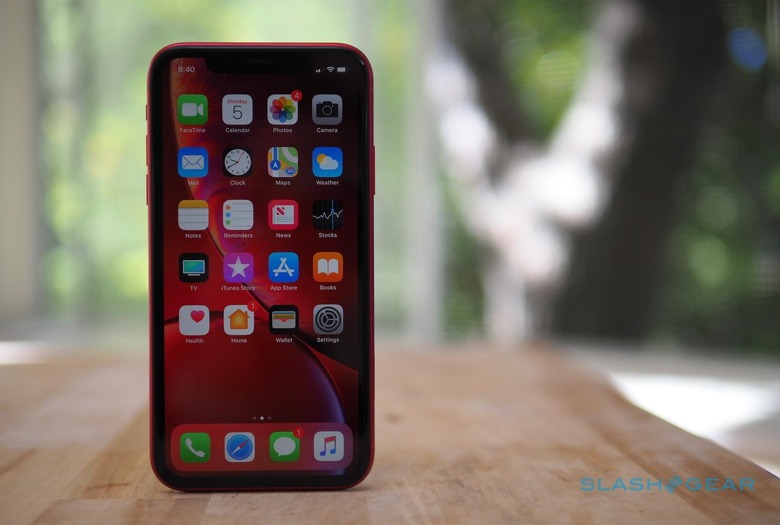
By this point, though, I suspect you have an idea which way your OS inclinations lie. If you're upgrading from an iPhone 7, or iPhone 6S, you probably also want to stick with iOS. Yet $1,000 for an iPhone XS is a huge amount of money, and often more phone than users actually need.
$250 is either a lot of money to save for minimal compromise, or a small premium to pay for dual cameras, a markedly improved display, and the iPhone XS' other advantages. Where you fall on that will depend on how addicted to your smartphone you actually are, and how you prioritize having the very bleeding-edge of devices. Seen through that lens, though the iPhone XR may not be "perfect" it's definitely close enough for most.










